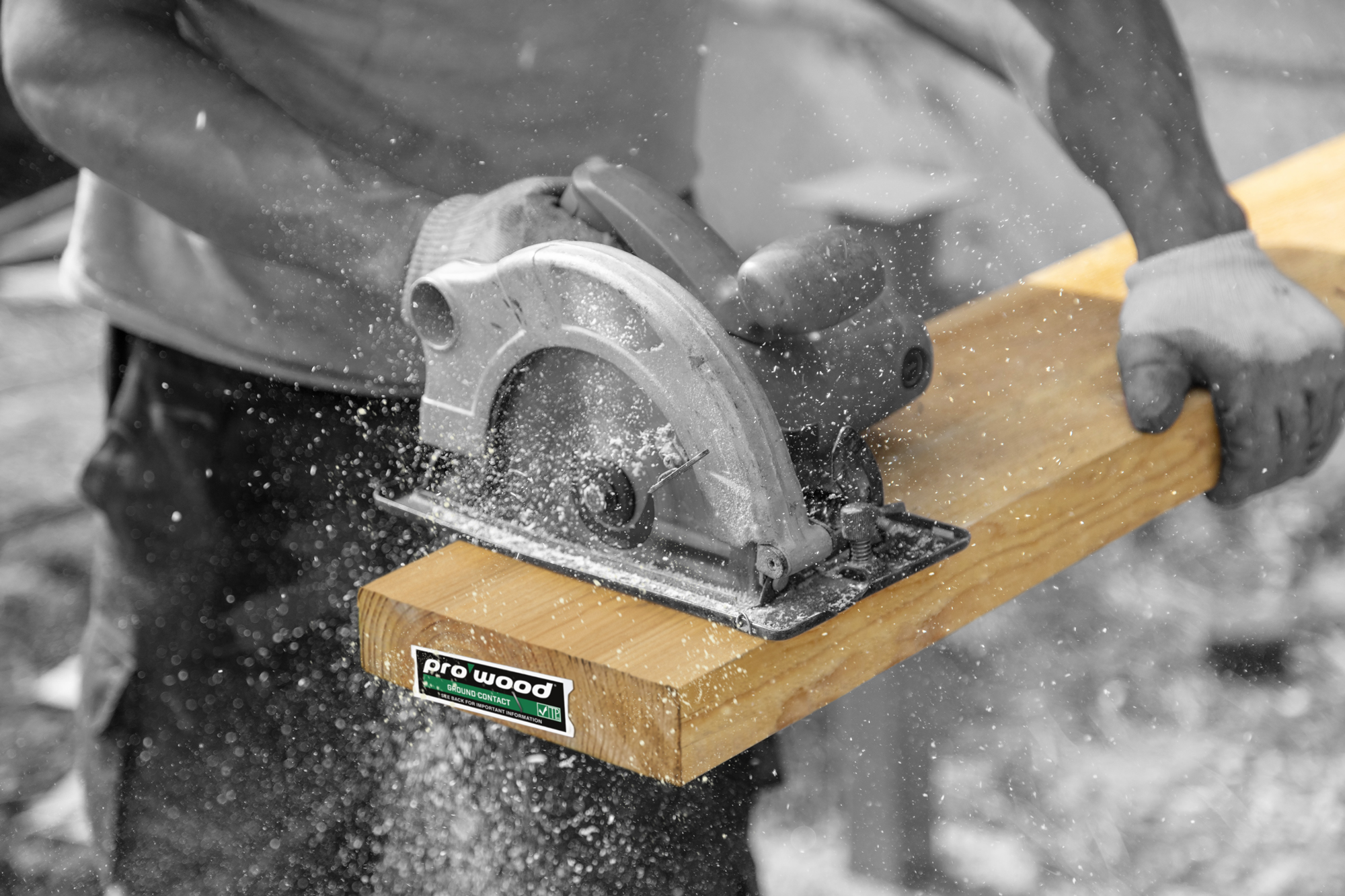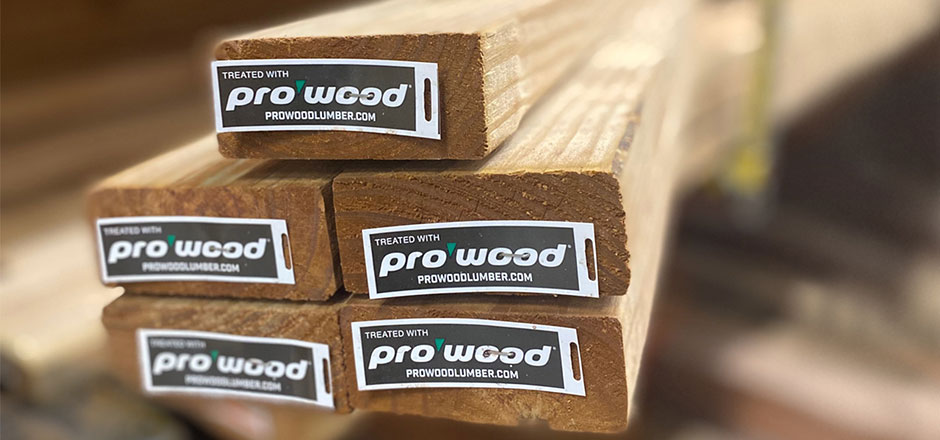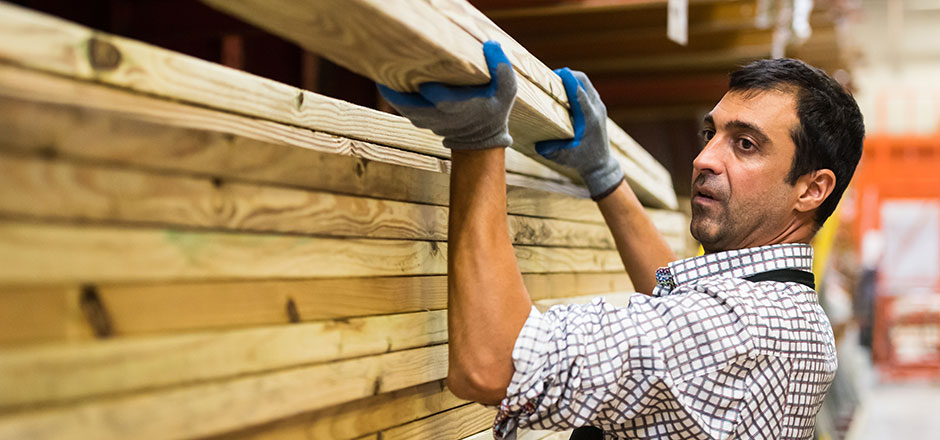Debunking the Myths of Pressure-Treated Lumber
Posted 10/27/2023 by The ProWood Team

Myth 1. All Pressure-Treated Lumber is the Same
A common misconception is that all pressure-treated lumber is created equal. Many believe that as long as the wood has been pressure-treated, it's suitable for any outdoor project. There are different types and treatment levels of pressure-treated lumber, each designed for specific purposes.
Debunking the Myth: Pressure-treated lumber is available in various grades and chemical treatments. ProWood holds our lumber to the highest standards and offers classifications including Light Duty, above-ground (AG), Ground Contact (GC), and Critical Structure. The type you choose should depend on the intended application. Using the wrong grade or using treated lumber that is not treated to a standard, can lead to premature deterioration or failure of your project. (For more information on ProWood treatments, visit our Application Standards page.)
Myth 2. Pressure-Treated Lumber Never Requires Maintenance
One of the most pervasive myths about pressure-treated lumber is that it's entirely maintenance-free. While it's true that ProWood’s pressure-treated wood is infused with preservatives that make it highly resistant to rot and insect damage, this doesn't mean it's immune to wear and tear. Over time, exposure to the elements, UV rays, and moisture can cause pressure-treated lumber to lose some of its initial luster.
Debunking the Myth: Regular maintenance is essential to keep pressure-treated lumber in its best condition. You should perform tasks like cleaning, sealing, and staining to protect the wood from the harsh outdoor environment. These maintenance steps not only enhance the appearance but also extend the lifespan of the lumber, making it a smart long-term investment.
Myth 3. Pressure-Treated Lumber is Harmful to the Environment
Some people are concerned that pressure-treated lumber is detrimental to the environment due to the chemicals used in the treatment process. While it's true that older methods of pressure treatment did involve harmful chemicals, modern pressure-treated lumber has seen significant improvements in terms of environmental impact.
Debunking the Myth: The process used to treat ProWood is the first to gain an Environmentally Preferable Product (EPP) certification by the Scientific Certification Systems (SCS). According to the EPA, to be EPP certified means that the product has a reduced impact on human health and the environment compared to other products that serve the same purpose. The preservative injected reacts with the wood to form an insoluble complex that won't evaporate or vaporize. ProWood is clean, odorless, non-staining, and safe to work with and handle. Its built-in protection is non-irritating for dermal contact with children, adults, animals, and plants.
Pressure-treated lumber is a valuable building material for outdoor projects due to its resistance to rot and insects. However, it's crucial to expose common myths about this material to make informed decisions and ensure the long-term success of your projects. Remember that maintenance is necessary, not all pressure-treated lumber is the same, and modern treatment methods are more environmentally friendly. Understanding these realities allows you to make the most of this durable and versatile material while minimizing its potential drawbacks.


